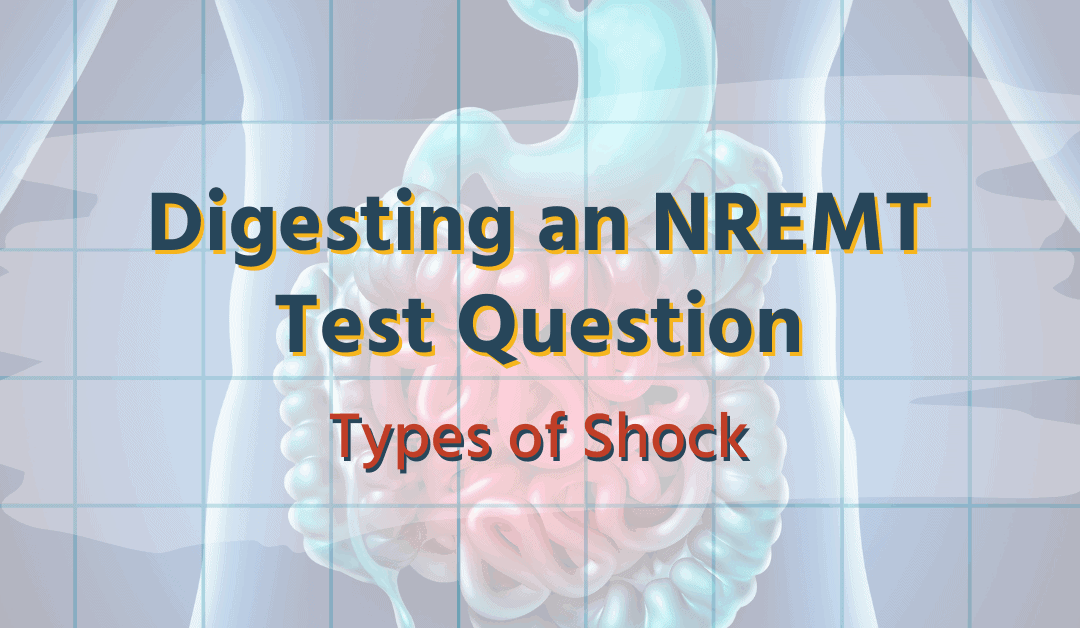
Limmer Education

by Limmer Education
Our articles are read by an automated voice. We offer the option to listen to our articles as soon as they are published to enhance accessibility. Issues? Please let us know using the contact form.
Here’s a practice question for the NREMT. While the question itself isn’t particularly difficult, it’s a good opportunity to look at the process for analyzing and answering Registry questions.

Before we get into it, there are a couple key points you should know about NREMT questions:
The Registry doesn’t put fluff into their questions. If you’re given a detail, it matters. A good habit to get into with practice tests is to read each question carefully, identify each detail and ask yourself what its significance is.
Pathophysiology is really important on the NREMT – especially when it comes to ventilation, respiration and perfusion. Pathophysiology affects everything we do as EMS providers. It is the difference between memorizing and understanding.
In order to answer this question, you need a basic understanding of what might cause each type of shock.
Obstructive: Think about tension pneumothorax, cardiac tamponade, and pulmonary embolus.
Cardiogenic: Usually, MI and heart failure.
Hemorrhagic: Most likely from bleeding, but remember that bleeding isn’t the only way to lose fluid.
Distributive: Sepsis and anaphylaxis are good examples of the body’s failure to distribute fluids well.
Let’s assume you don’t know the answer – or maybe you’re fuzzy on the details for a couple of the types of shock. A great way to approach this question is to rule out as many options as you can.
Mechanisms of distributive shock are relatively rare in trauma--usually only related to spinal injury. The pale skin is one indicator it isn’t distributive. In distributive shock, that wouldn’t be the case. Distributive shock would cause the opposite: the blood vessels would open up.
If neck veins are flat and lung sounds are clear, there’s not a tension pneumo, tamponade, or other major chest trauma injury. So you can rule out obstructive shock.
Since he was shot in the upper left abdominal quadrant, it’s simply unlikely that it’s cardiogenic shock. Remember, the phrasing of the question is “What type of shock should you suspect?” so you want to choose the most likely answer.
The left upper quadrant is home to one organ which is solid and can cause excessive bleeding – the spleen. The flat neck veins and tachycardia should make you think of low volume. The tachycardia should make you think of compensated shock.
Hopefully you already knew hemorrhagic shock was the answer. But even if not, attention to each detail and some basic knowledge would point you toward this being the only viable answer.
For more practice questions like this, check out our Passing the NREMT playlist on YouTube.

Limmer Education

Dan Limmer, BS, NRP

Dan Limmer, BS, NRP